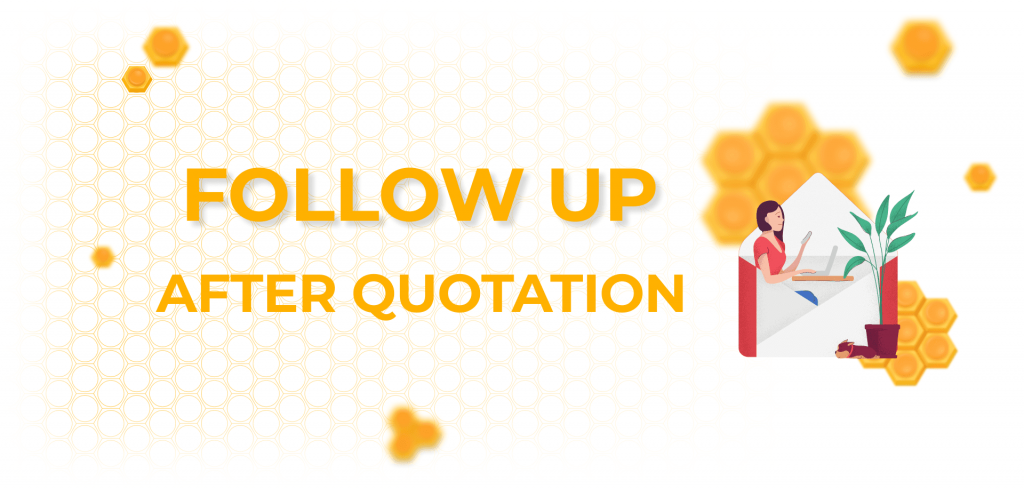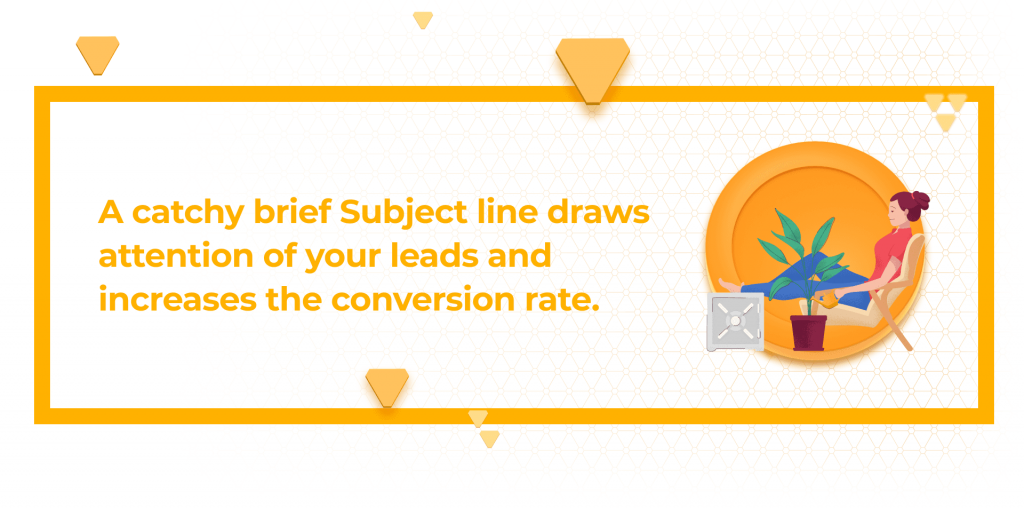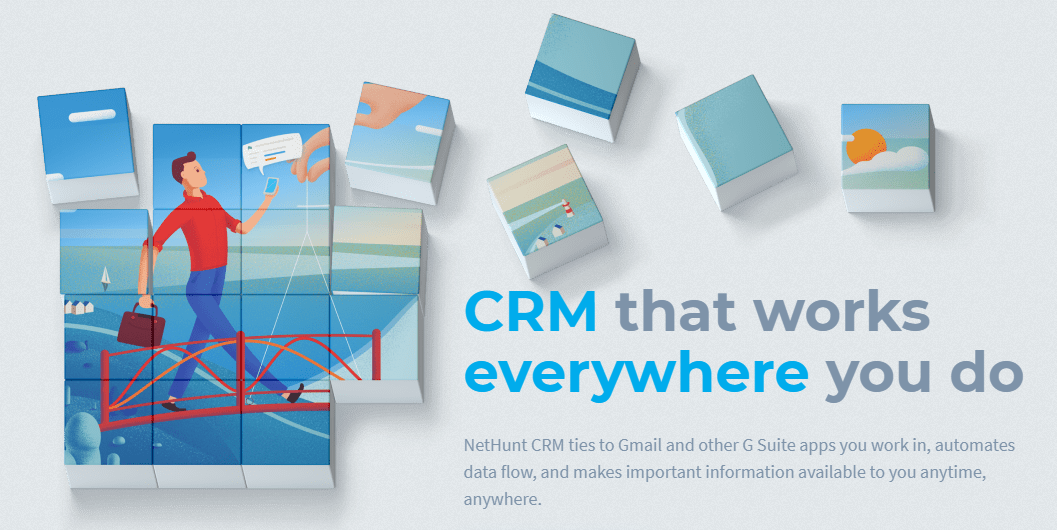10 Tips for Writing a Perfect Follow-up Email

Your leads used to remove a tremendous number of regularly received emails from their inboxes to trash. Unfortunately, if your message can’t shake your clients’ heart-strings, they will delete it too. Thus, marketers developed follow-up emails allowing you to reverse a prospect to a potential client or even qualified buyer.
More than 2000 salespeople participated in the NetHunt survey. According to the results, it has turned out that the level of email conversion, openings, and clicks makes up only above 5 percent in the majority of marketing campaigns. So, NetHunt specialists relying on statistics have worked out ten useful tips for writing an astonishing follow-up email to client or any other letter.
The above tips and tricks will help you to draw up emails that would encourage users, subscribers, or leads to act: buy something or order a service. In addition to the steps below, use Gmail client to automate the process of follow-up emails composing.
1.Check Everything
Make sure you send the offer to the right recipient. Avoid emailing messages to addresses belonging to support teams (help@companyname.com or support@companyname.com) — this tactic makes no sense. You should contact the administrator only to notice your sales proposal. Thus, determine the sales quote target and the person you need to send the follow-up email to achieve your objectives.
Further:
- learn decision-making process components from the stage of principal problem identification, information processing, challenges, and benefits definition, functions distinguishing to the choosing best possible solution and results from monitoring;
- analyze factors influencing this process;
- find out each customer’s needs and adapt email information for them;
- ask questions to build a loyal relationship and get the necessary data.
 2.Carry Out Goal Setting
2.Carry Out Goal Setting
Firstly, you should determine the purpose of a given sales quote or offer, which is to sell a product or service. However, the follow-up email is aiming at providing more detailed information, making an appointment with a potential client, or conducting special offers correlated with the call to action (CTA). Thus, define the primary goal and draft your email following it.
Clearly state the CTA: your clients should understand what do you want them to do. Regarding this, you can:
- Invite the lead to the presentation of the new product. E.g., “Let us invite you to the product presentation where I will show you program principles and explain its profit for your corporation. When is it convenient for you?”
- Propose to call. E.g. “Could we call tomorrow at 2 p.m. to discuss this issue? Would it be convenient for you to receive a call at this time?”
- Offer to schedule an event on the Google Calendar. E.g., “If you have any questions about the program, you may schedule a presentation, a call, or an appointment at any time. I attach my Google Calendar link: […]. Please feel free to add an event and indicate its date, time, and place”.
3.Put a Cite
Your potential client may forget initial email details. Thus, you should notice all aspects of this follow-up message. To refer, link a new dialogue with the previous one. Don’t forget to write “Following up on the letter…” or “About…”. References will save the essence of the conversation: prospect can get to the bottom of the matter faster.
4.Craft the Topic
The sales quote subject line helps the potential client decide whether to delete the follow-up email or read it. An impressive and well-formed topic attracts the subscriber’s attention, increases conversion rates, openings, and readings. Thus, make the subject line precise, short (ideally no more than 3–4 words), and memorable. Also, you can mention the benefits that the email content can bring to the user.
NB! Initialization of all topic letters may decrease the opening rate.
✔ Draw like Da-Vinci
✖ THE BEST CHANCE TO IMPROVE YOUR PAINTING SKILLS
 5.Choose Email Length and Style
5.Choose Email Length and Style
The efficient follow-up email shouldn’t consist of more than 150 words since few of the subscribers will read longreads. That’s enough to convey the message idea and intrigue the potential client. To write a short and super informative letter is the best choice.
Moreover, adapt the writing style and tone to a specific communicative situation and a particular recipient. A great solution is to use a friendly and polite tone combined with the official business style.
NB! Don’t draft emails that are hard to understand: leave so-called ornate syllable and complex composition to writers and poets and use simpler expressions and structures to make it easier for leads to read the text and understand its meaning.
6.Use Trigger Messages
Use trigger messages to foster potential customer’s interest in a previously sent follow-up email. Probably, it allows you to win the deal. There several examples of trigger messages that you can use in your email correspondence with leads.
- Send special offers containing information about the limited amount of products. E.g., “Hurry to buy 3 sets left!” “The 50% discount is valid until 02.29.20!”
- Mention good promise. Think of a target for your potential client, so the prospect will draw parallels between its achievement and your proposal and will acquire a product or service. E.g., “Start your business with CRM!” “Draw as a god!”
- Simplify the potential customer’s life. E.g., “Learn how to draw better in just a day!” “The simplest method to manage your company activity!”
7.Define X Day
If you send a follow-up email immediately after sales proposal sending, you can discourage the lead from buying something or ordering service. However, if you hesitate in sending such a letter, then the potential customer may completely lose interest in the previously received proposal. Therefore, the ideal time to send a follow-up email is 3–5 days after the prospect gets a sales quote. Don’t forget: “A stitch in time saves nine.”
You should also determine the day of the week, the period of a day, and time to send the message.
- Try sending your emails on Tuesday, Wednesday, or Thursday: on Monday, people join the work pace, and on Friday, Saturday, and Sunday, they won’t read letters, as the time for rest is coming.
- Assign sending messages in the morning, because at this time the email opening rates are higher than at any other. The best hours for it are 5-6 a.m.
- Send letters not at the exact time, but in the interim, for example, at 5:41.
If the client isn’t in a hurry to buy something from you immediately after receiving the first offer or follow-up email, do not despair! Try sending not one, but several similar messages.
The right solution is to create an email funnel through the Gmail and CRM integration, which allows you to automatically send out follow-up emails at the right time and day once a week.
8.Streamline Your Workflow
Using Gmail-integrated CRM system like NetHunt allows you to:
- receive, organize, and store customer data or records such as contact information, history of purchases and communication (calls, emails, messages, web-conferences, documents, information about deals, etc.);
- create automated newsletters based on analytical data, conduct outreach campaigns, as well as generate personalized email content sited in the ready-made templates;
- track openings, readings, clicks, follow-ups, unsubscribing, conversion rates due to the generation of statistics and visualized reports;
- link information from Gmail, Hangouts, Google Calendar, Google Contacts, Google Drive, or other applications with customer CRM profiles and records and vice versa;
- manage the sales pipeline to control sales stages and assign them distinct statuses;
- set tasks to managers directly from the Gmail client to CRM platform or vice versa;
- assign employees roles to permit views and provide data access;
- interact with leads, customers, partners, and team members.

NB! That is not a complete list of the CRM system features. Try to use CRM and discover the full range of its advantages.
9.Make Extra Efforts
A potential client can become a qualified customer right after reading the first follow-up email. In practice, achieving such a result is rather difficult. Be sure to answer all prospect’s questions, provide the lead with the information, details, and additional materials necessary for him, make a product presentation, or schedule an appointment.
10.Don’t Bother the Lead
You should note that one of the human psychological characteristics is that people hate to refuse: they avoid saying “no” so as not to feel guilty. Accept the fact that if the prospect didn’t respond to the follow-up email series you sent, then he is not interested in your sales offer, and he utterly can’t notify you about this.
That isn’t a reason to lose heart, as there are many more potential customers who are happy to respond to your sales quote. To attract customers, you should generate personalized marketing campaigns, view statistical and analytical data, provide A/B or gestalt testing, and never give up!
Would You Mind to Read a Follow-up Email Example?
We have familiarized you with the theoretical foundations of compiling a follow-up email, but now we suggest you move on to the practical part! You can rely on our sample when creating your message.
Topic: Death Eaters Are Coming
Dear Mr. Potter,
Following up on the sales quote [link] I sent on July 31. Our proposal to generate 100 Horcruxes and deliver them to Hogwarts is still valid.
I’d like to schedule a personal meeting to discuss all the details of this sales quote on October 31, at 8 p.m. Please let me know if this time is convenient for you.
Remember: Death Eaters are coming! Thus, it’s a good idea to buy several Horcruxes to save your life.
Best wishes,
Lord Voldemort, well-known as He-Who-Must-Not-Be-Named.
In Conclusion
If you dream of high opening, reading, and conversion rates, increasing sales, and improving the customer relationship quality, use our tips and the results will not keep you waiting long.


